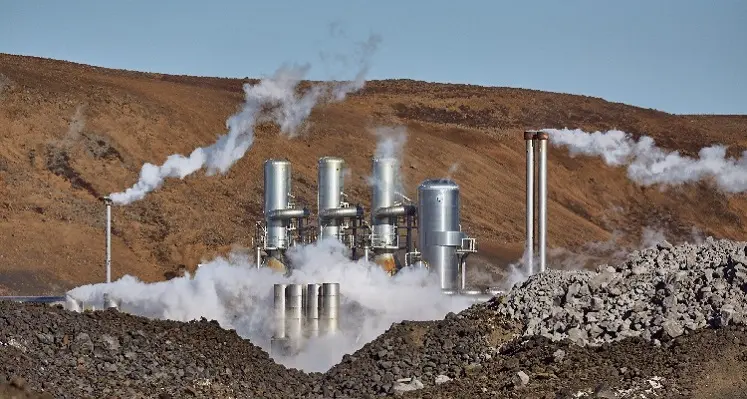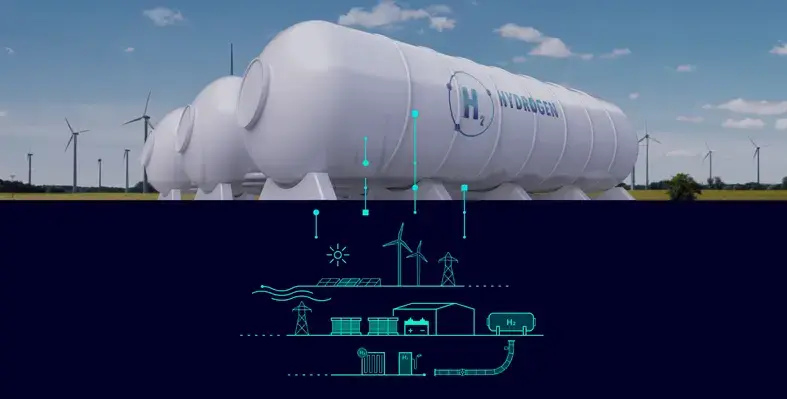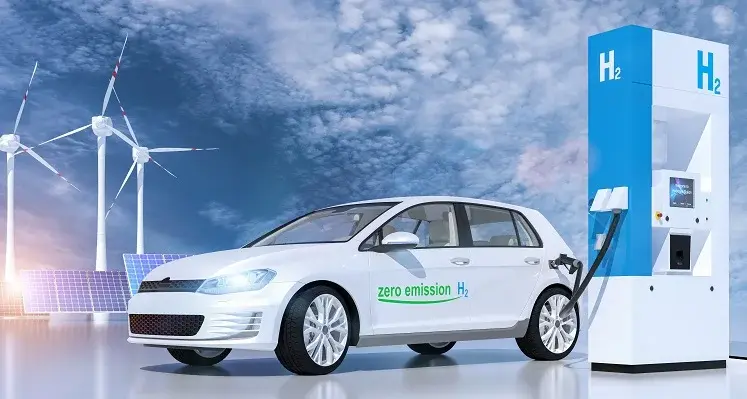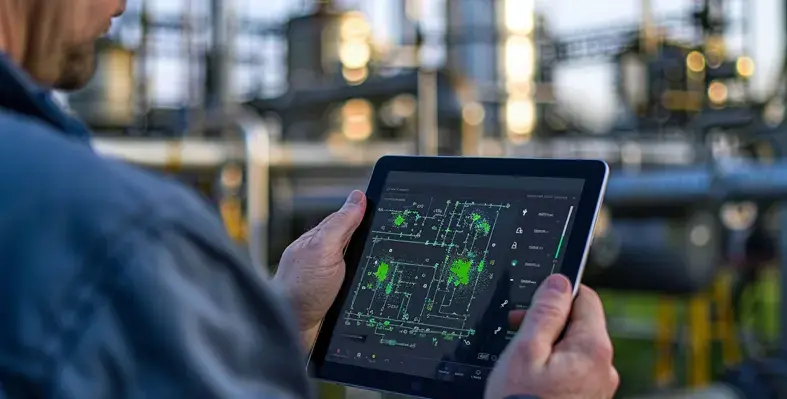
It is hoped the collaboration will set the stage for pioneering geothermal energy solutions in Saudi Arabia. (Image source: Adobe Stock)
Geothermal energy development in Saudi Arabia is set to advance with the signing of an MoU by EDF Saudi Arabia and TAQA Geothermal Energy Company to collaborate on geothermal energy technologies
These will include power generation and HVAC applications as well as compressed air energy storage in Saudi Arabia.
Saudi Arabia aims to achieve net zero greenhouse gas (GHG) emissions by 2060, and has set the goal of sourcing at least 50% of its power from renewable energy by 2030. Geothermal energy, which harnesses the heat produced from the Earth's crust and converts it to cooling, heating, desalination, or direct electricity generation, is a renewable and sustainable form of energy. It has the advantage of being a constant and reliable energy source compared to other renewable energy sources such as solar and wind, given it is not affected by seasonal or weather variations. Saudi Arabia has vast geothermal energy resources, in particular along the Red Sea coast, home to volcanic fields and hot springs. TAQA Geothermal, a joint venture between Taqa Energy and Reykjavik Geothermal (RG) is playing a leading role in pursuing opportunities to explore, assess, and develop geothermal resources in the kingdom and the region with the ultimate target of adding 1GW of sustainable geothermally produced energy to the energy mix.
EDF Saudi Arabia operates in the areas of thermal, renewables, district cooling, and energy efficiency, with a focus on aligning its R&D efforts with the strategic objectives of the Saudi Arabian government and Vision 2030.
Omar Aldaweesh, CEO of EDF Saudi Arabia, said: “Over the past decade, we have been actively contributing to the Kingdom’s energy landscape through our expertise in sustainable solutions, and this MoU further strengthens our role in advancing innovative technologies. By collaborating with TAQA Geothermal, we are leveraging our extensive experience to explore new frontiers in geothermal energies and compressed air energy storage. This initiative is fully aligned with both Saudi Arabia’s Vision 2030 and EDF’s Ambitions 2035, reinforcing our shared commitment to sustainability and to the country’s transition to a cleaner energy future.”
Meshary Alayed, CEO of TAQA Geothermal, added, “Geothermal energy utilisation whether via direct heat use or electricity generation is a critical and untapped resource to drive the global transition to clean energy, as it is a reliable, renewable base load resource. The partnership between EDF and TAQA Geothermal in the field of geothermal solutions redefining space cooling, will have tremendous positive impacts on efficiency and carbon footprint reduction. The combined strengths will demonstrate cutting-edge geothermal cooling systems for the Kingdom’s growing energy needs while supporting Saudi Arabia’s Vision 2030 in economic diversification and the Ministry of Energy’s renewable energy mandates.”
It is hoped this collaboration will catalyse pioneering geothermal energy solutions in Saudi Arabia, paving the way for cleaner and more efficient power and cooling technologies.












